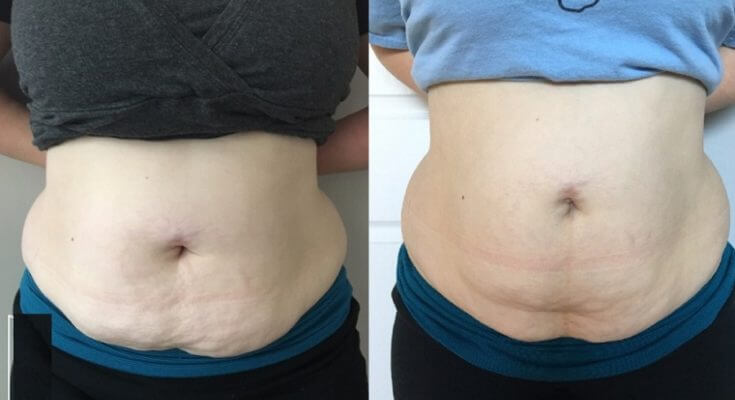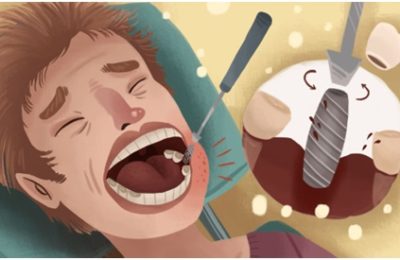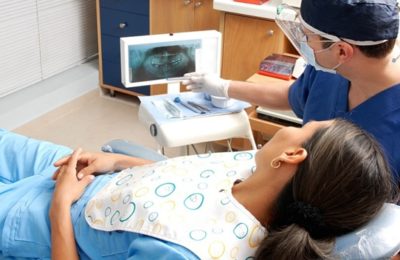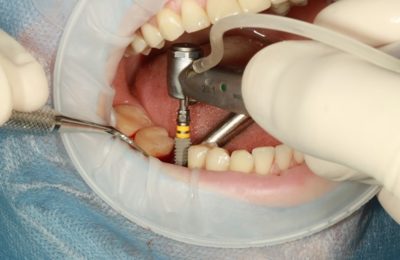- What is Diastasis Recti?
Diastasis recti or popularly known as ‘postpartum abdominal condition’ is a state in which the longitudinal abdominal wall muscles separates and results in a ridge that stretches across the length of abdomen. In simple words, it can be defined as a gap between the right and left abdominal wall muscles which results in a bulging or protruding belly. The condition is more common in women’s postpartum. The scale of deformity varies from women to women and may also be disfiguring and cosmetically or appearance wise, disturbing to women. In addition to this, the condition may also lead to serious consequences to the lower back and pelvic stability or strength. Diastasis Recti is thus a serious issue that affects women’s health.
- Why does Diastasis Recti occur?
Basically, it occurs due to the continuous stretch of muscles that are present in the abdomen, during pregnancy. During the gestational period, a connective tissue known as ‘linea alba’ starts to thin and dwindle due to the changes in hormone levels which is required to assist the enlarging uterus. This is how the mother’s body changes its shape to accommodate the growing baby present in the womb (uterus).Women’s health requires utmost attention during this stage. Once the baby is safely delivered, the hormone levels go back to their pre-pregnancy levels and thinning usually ameliorates. But at times, the muscle tissues gets stretched out too far during the gestational period that they lose their elasticity and don’t regain their previous shape.

III. How to know whether you have the condition?
Self-examination can help you find whether you suffer from the condition or not. For the self-test, the person has to lie on her back with the knees bent and feet on the floor. Place one hand on your belly in such a way that the fingers are present on the midline of your navel. Now, press your fingertips gently downwards and bring your head up with the shoulders still on the ground. Now, try to feel the sides of your ‘Rectus Abdominis muscle’ and try to feel how much they have separated in terms of finger width. Ifit’s equal to or less than two finger width, it’s not a significant separation. In cases of separation greater than two and a half fingers requires care and attention.
- How to treat and minimize the condition:
The first step in treating and repairing the condition is exercise. It’s the first and foremost approach to the healing process. You also require a doctor’s advice to ensure everything is fine. Different workout programs can also be carried out at home. Among them, the most famous one is the MuTu System, developed by Wendy Powell, a UK based mom and trainer look out https://nydnrehab.com/what-we-treat/womens_health/diastasis-recti/ . The MuTu System is mainly targeted to strengthen the core and avoid aggravating the condition. Exercises like crunches or sit ups should never be practiced during diastasis recti as it worsens the condition. Other methods like physical therapy can also be undertaken.
In severe cases, the condition can be fixed through a surgery, but should only be considered as the last and final resort. Surgery for correcting the condition should only be performed, when the woman is certain that she is done with family building.













